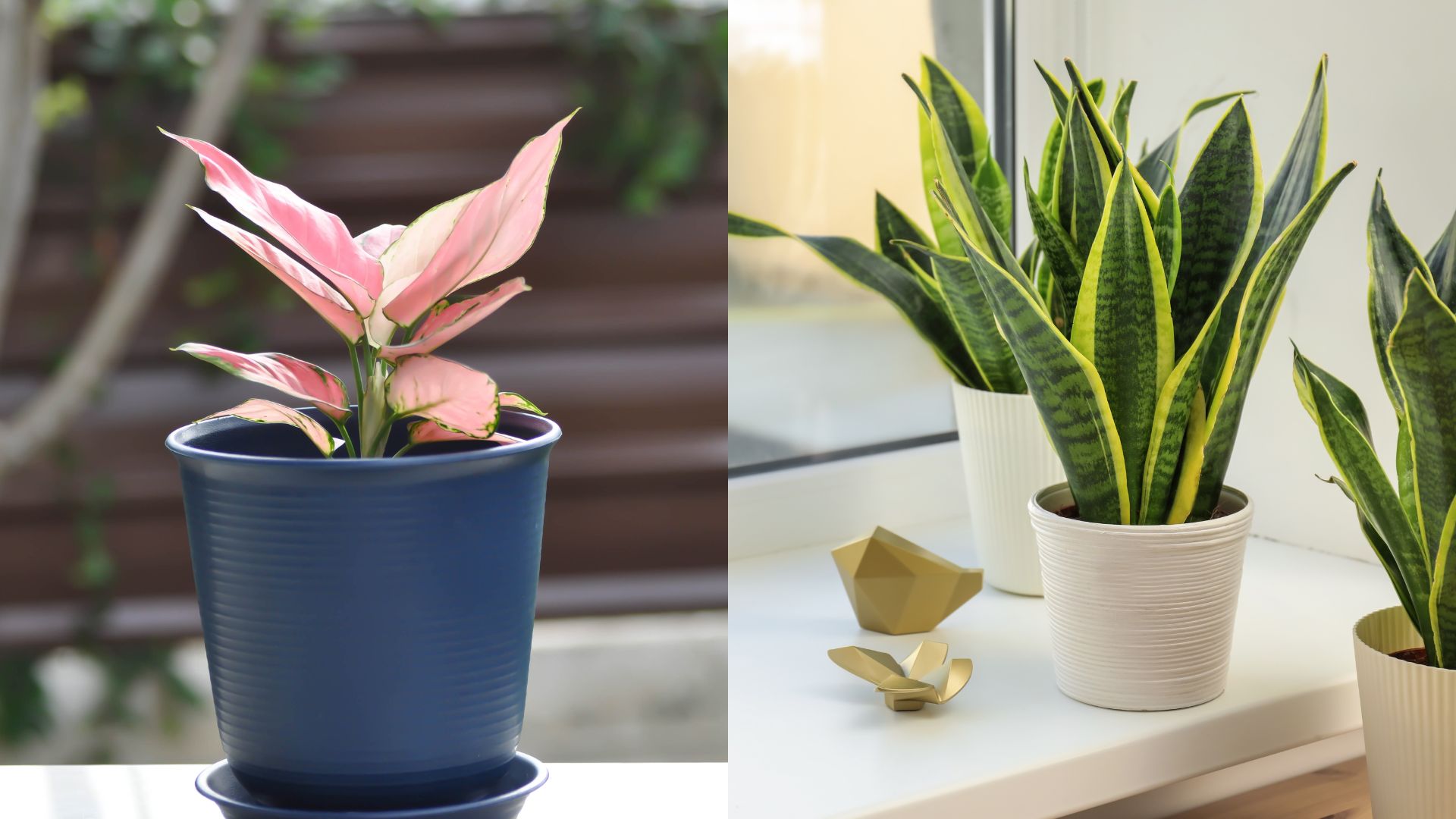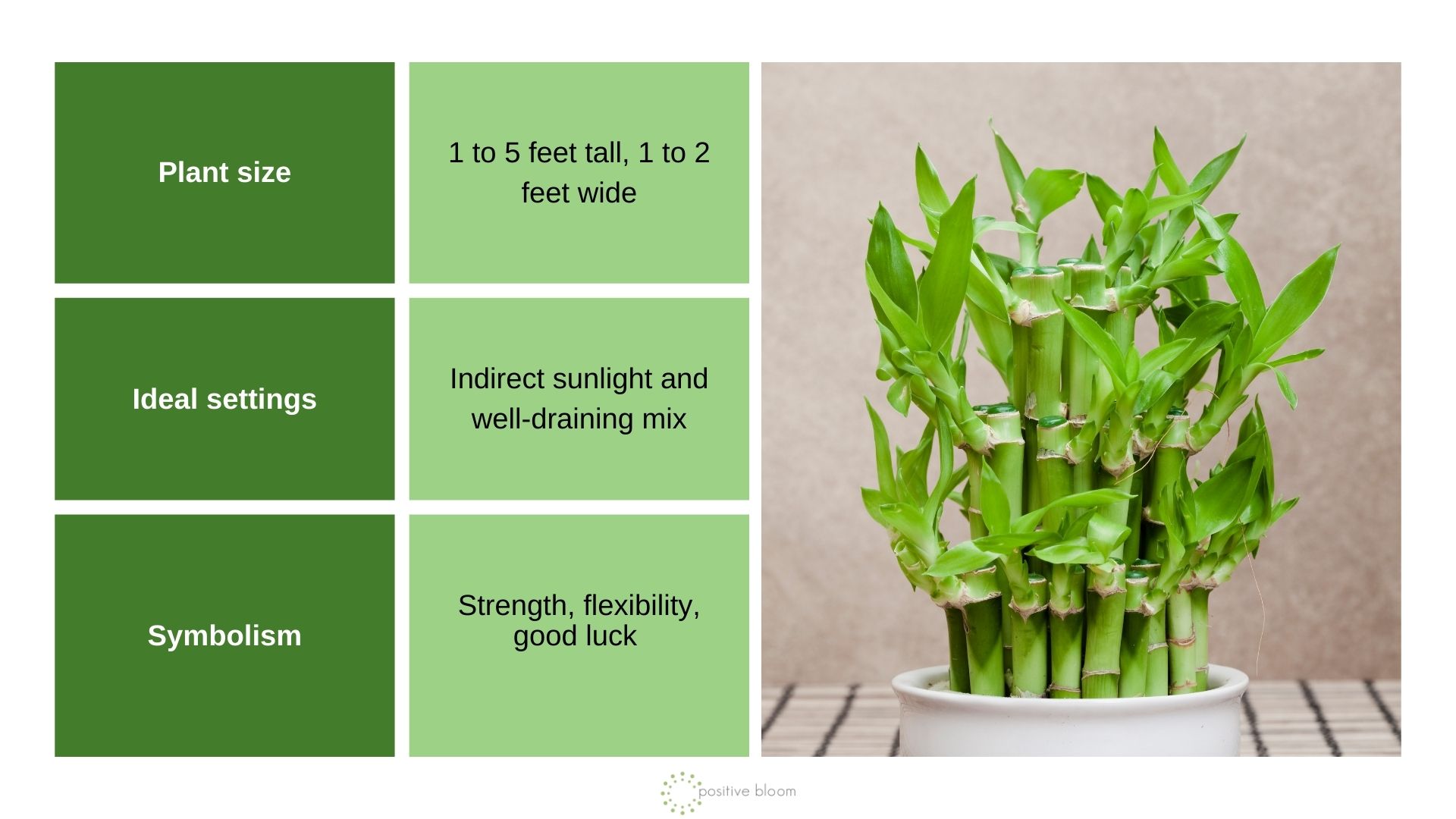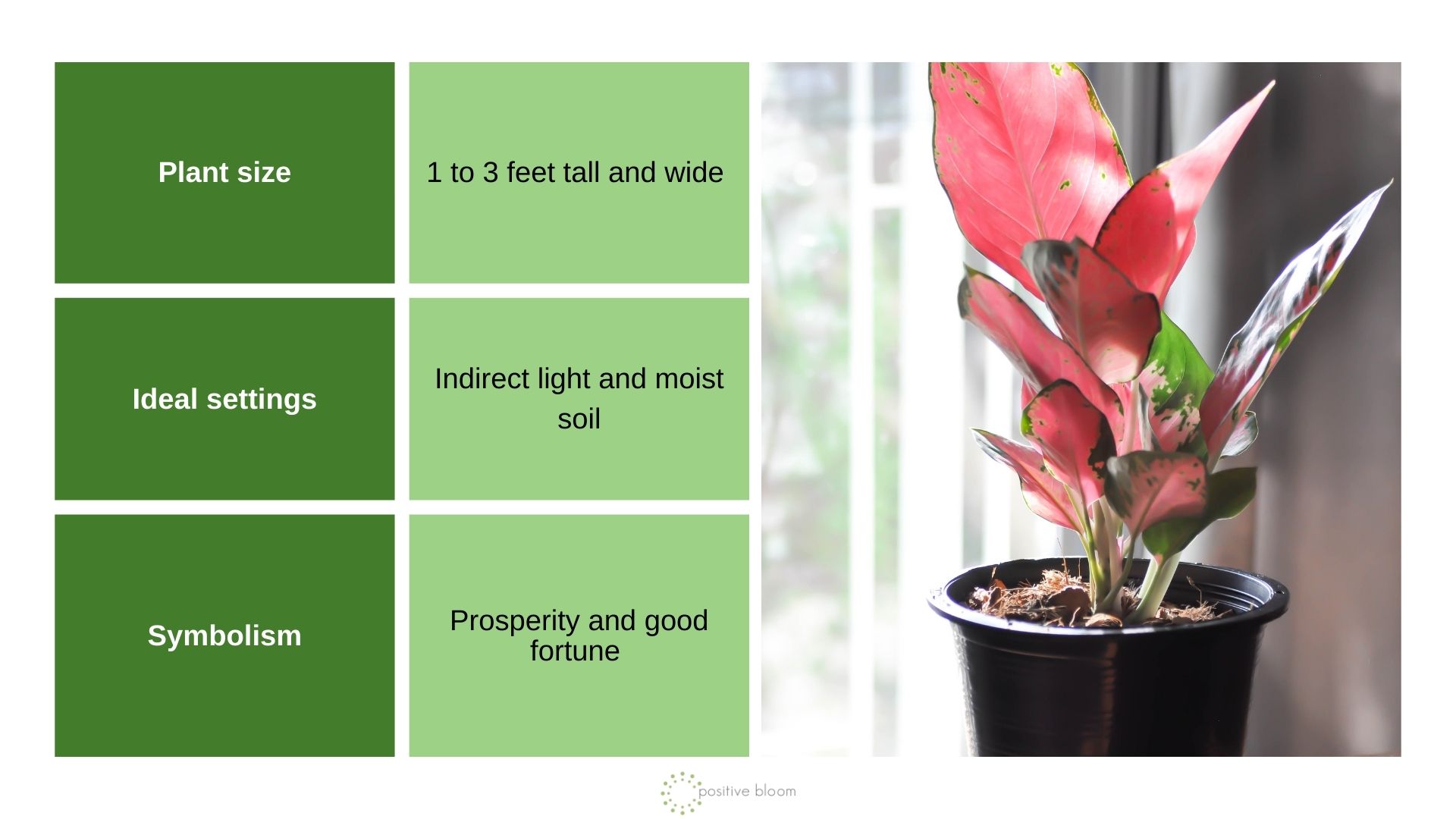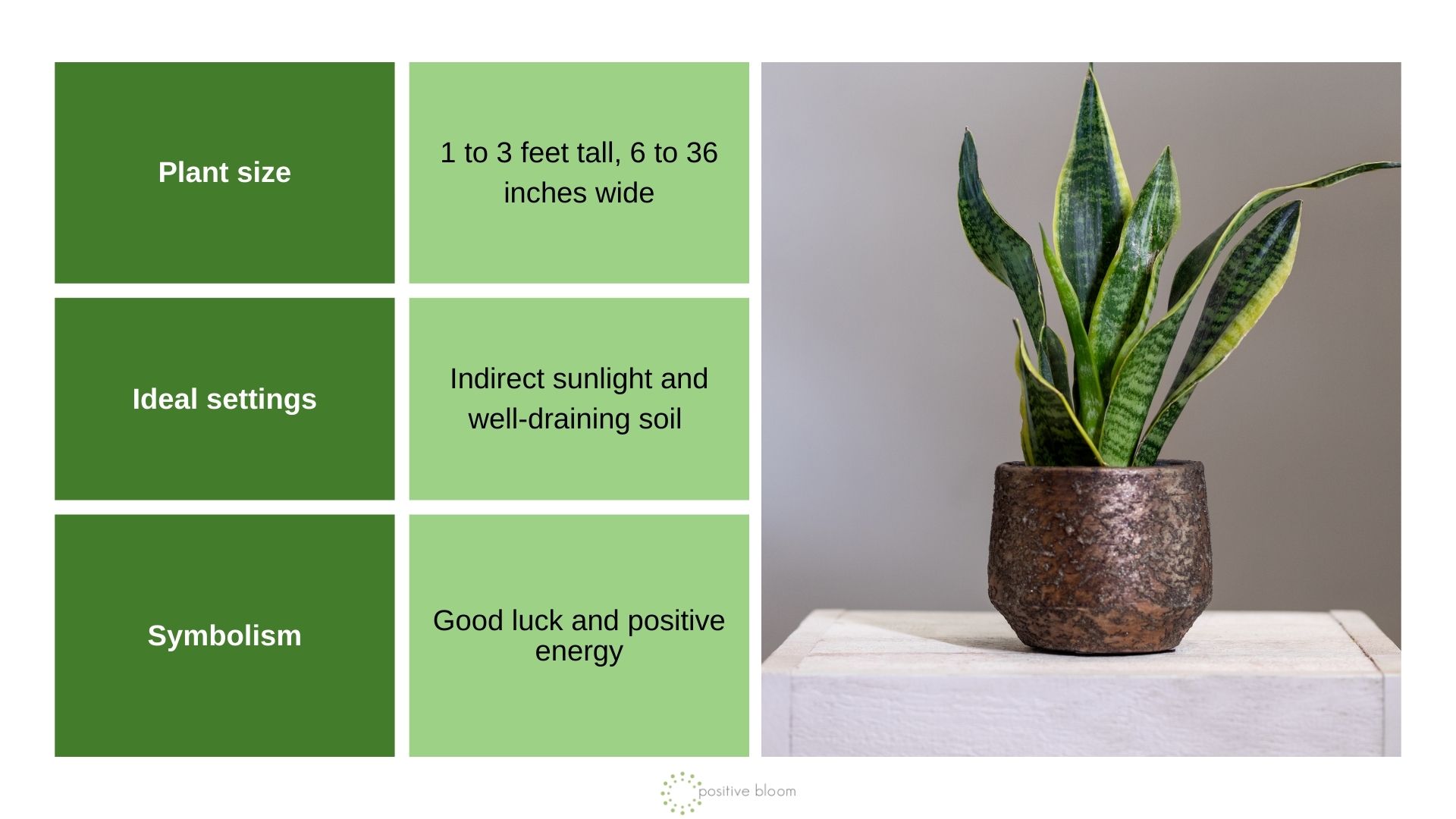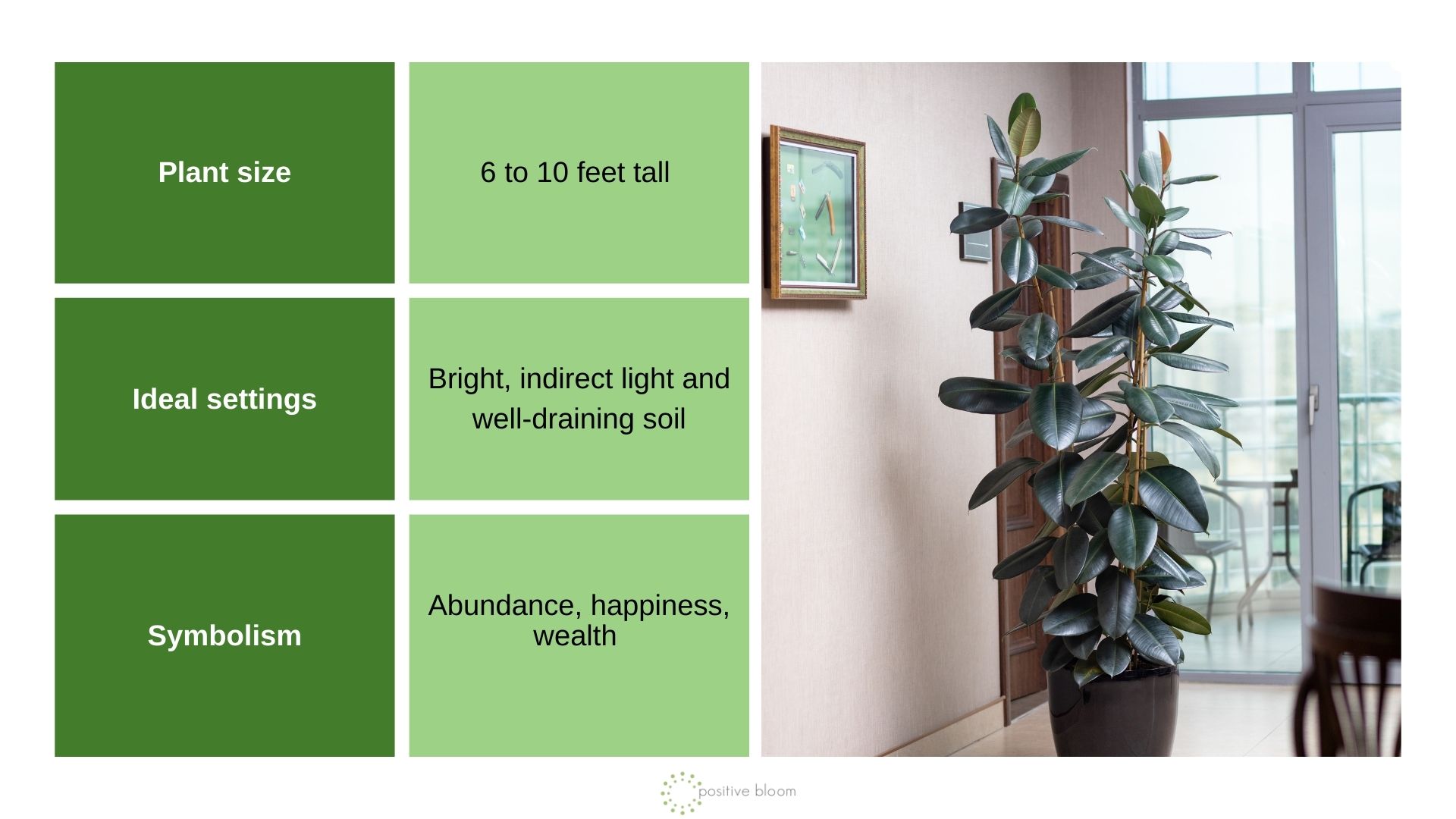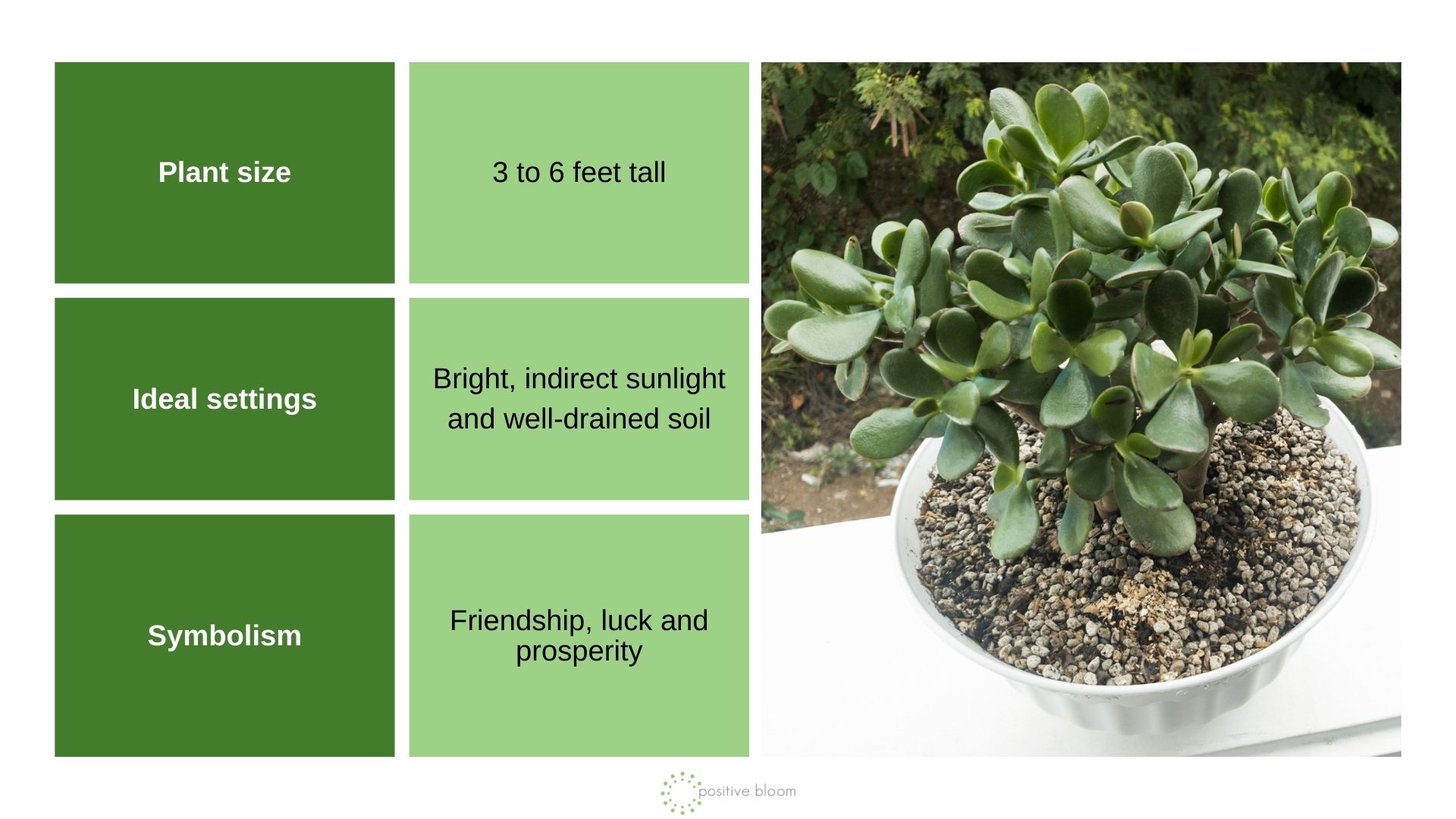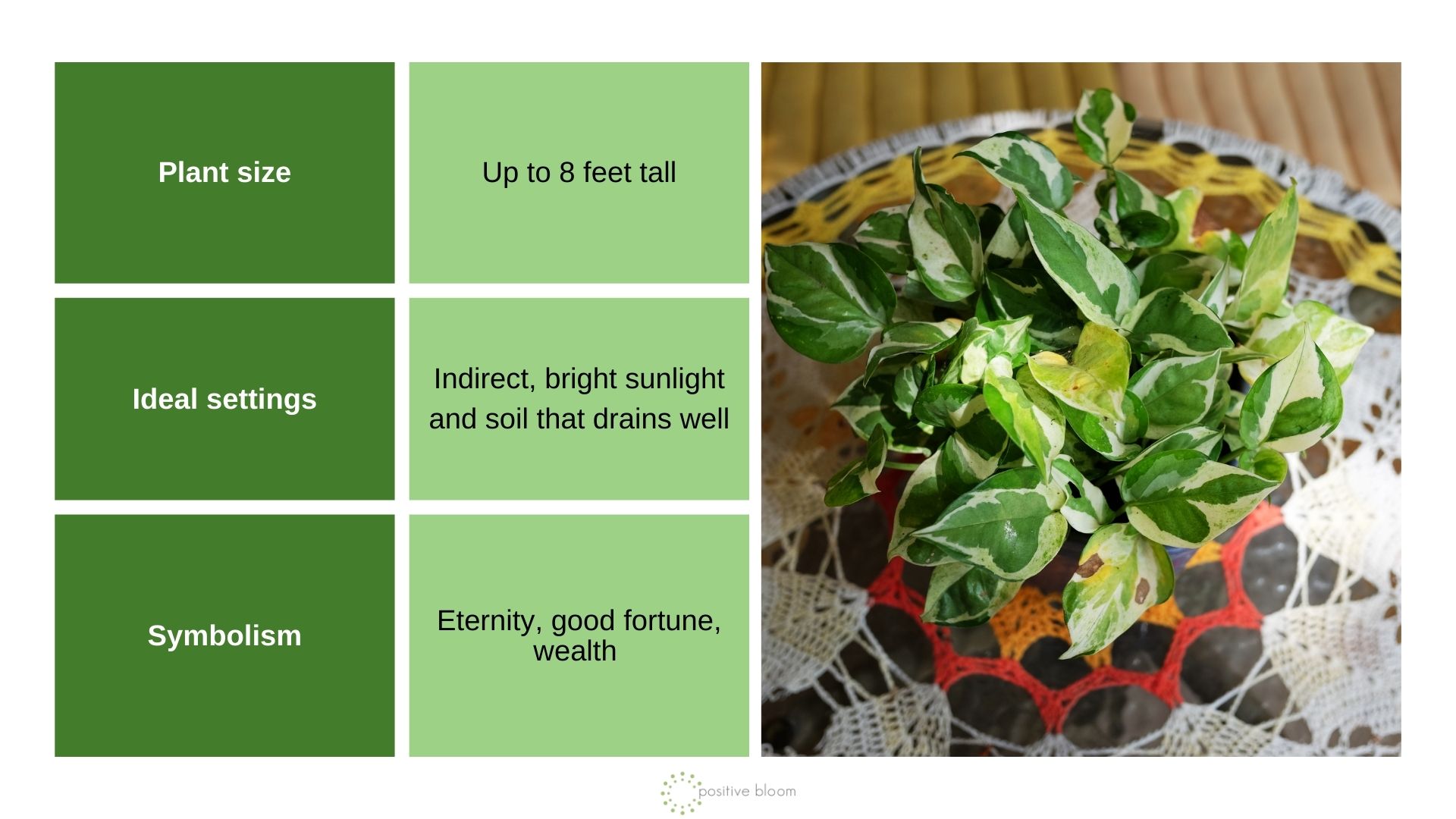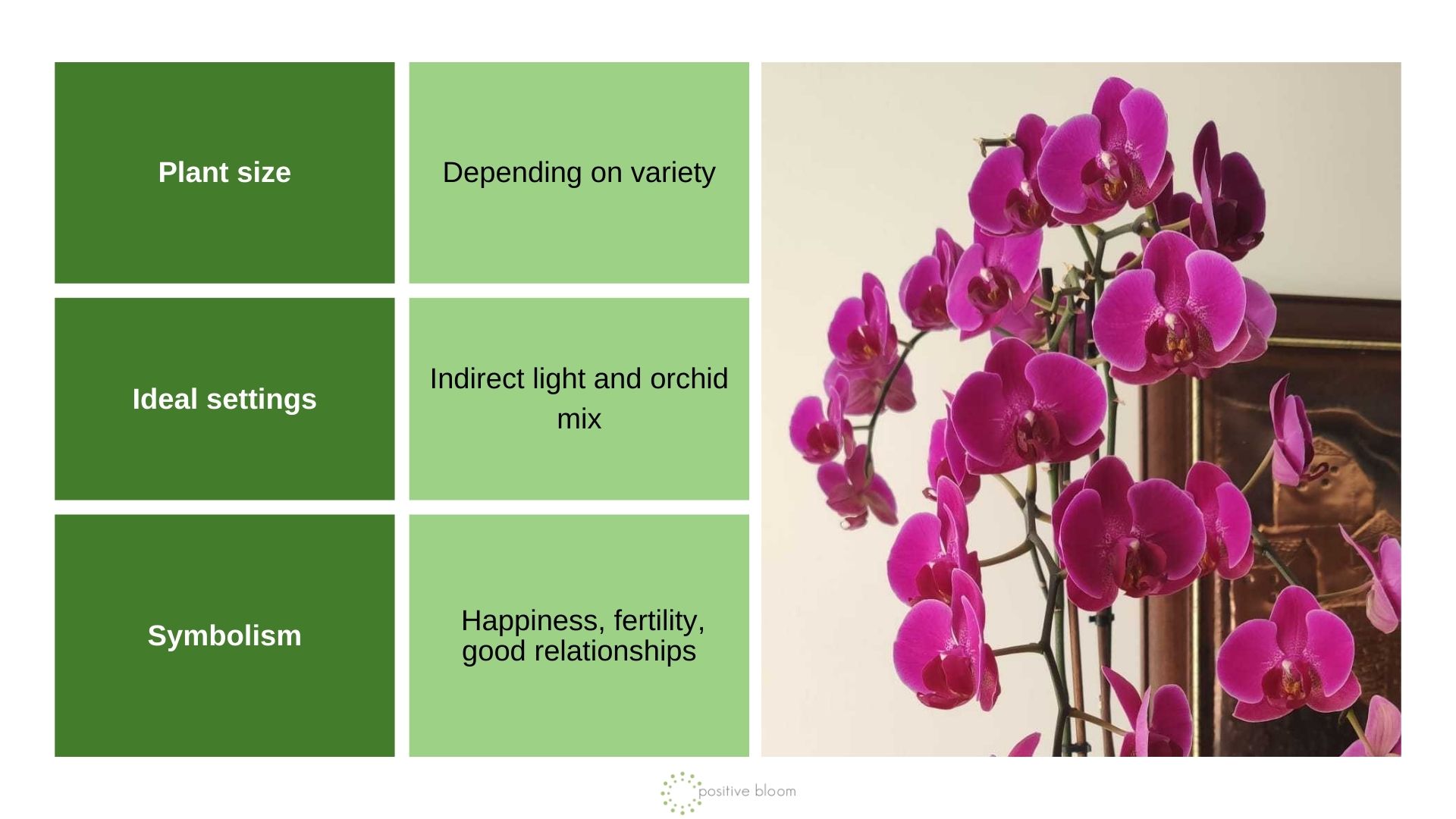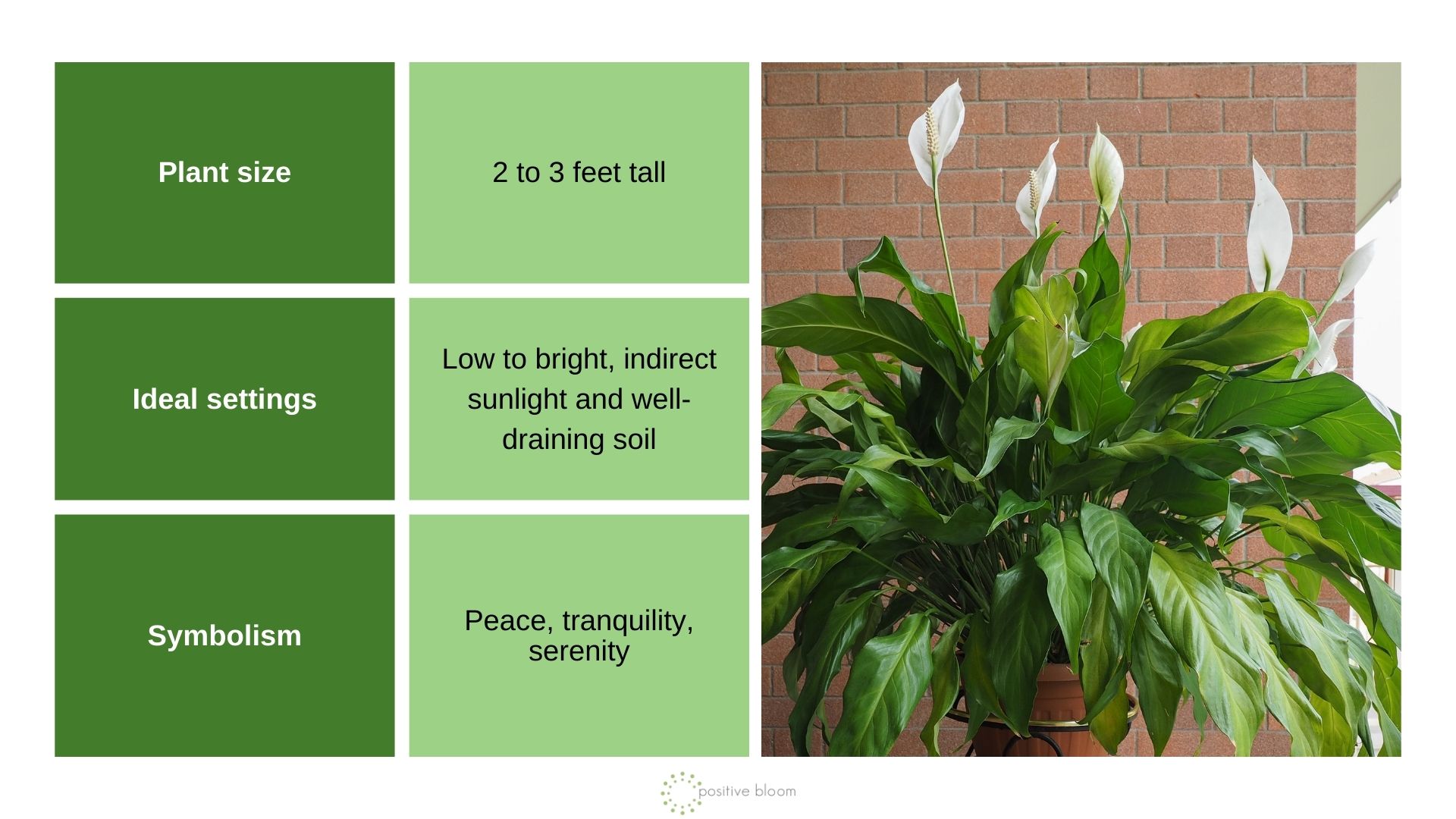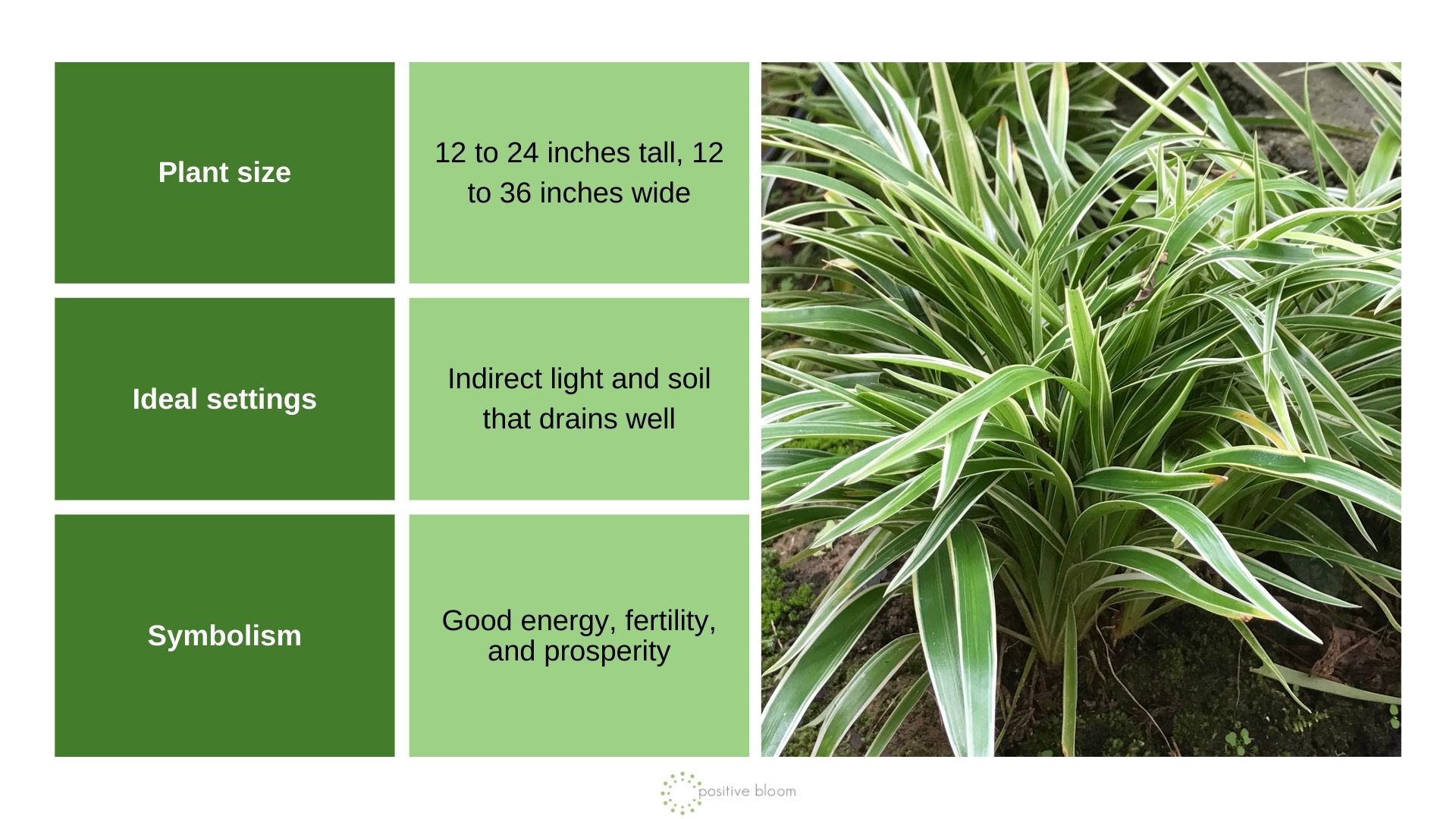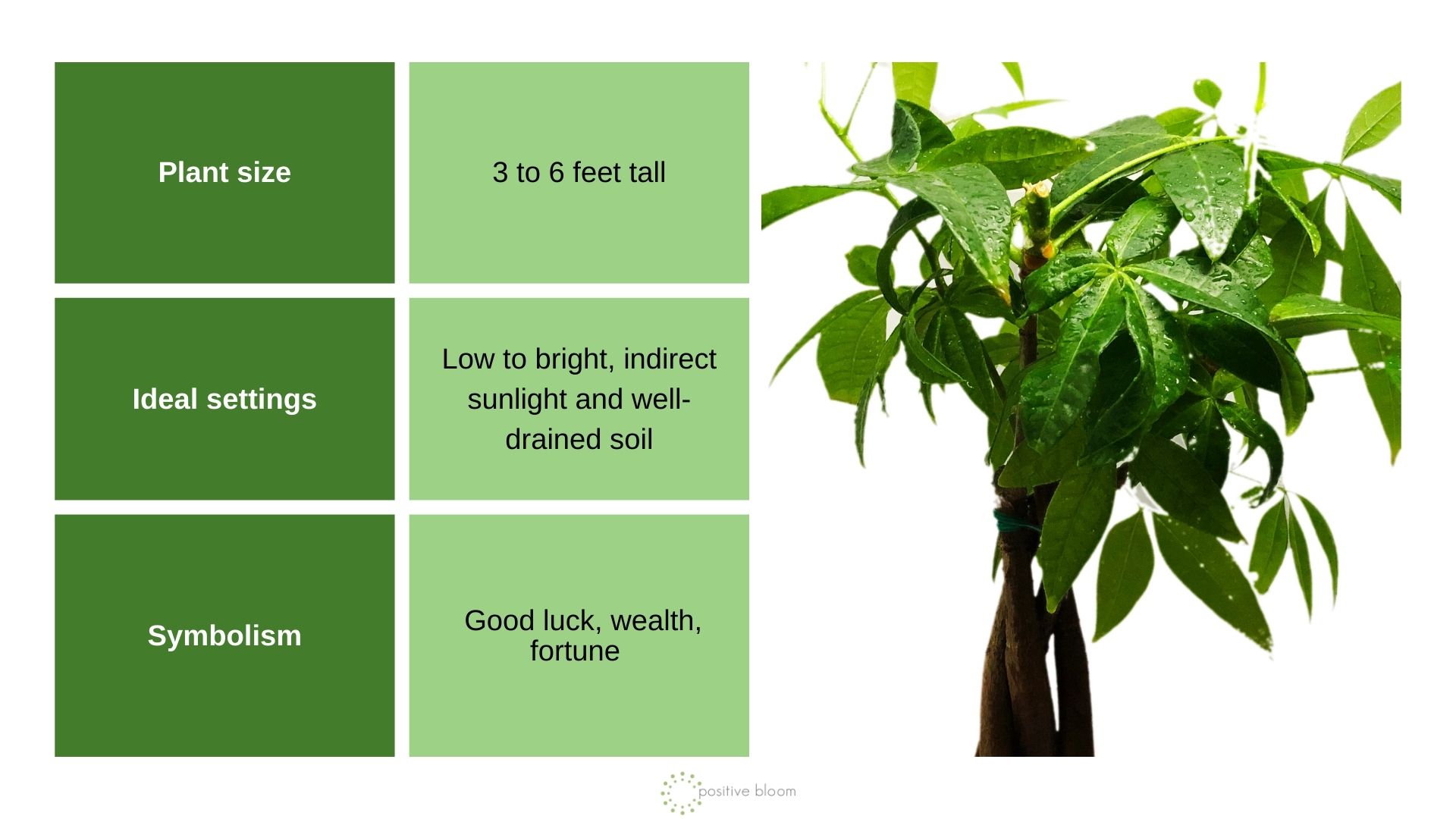Grow some of these 10 lucky indoor plants and see how your life changes for the better!
Not only are these plants going to bring positive vibes into your living space, but they will also improve the air quality and make your home look more lively. Plus, most of these plants are relatively low-maintenance, too.
These unique plants come in different shapes and sizes, and I’m sure that anyone can find the one that suits their style. In this article, we are going to talk about 10 types of plants that attract good energy and prosperity.
Let’s get lucky!
1. Lucky Bamboo
Bamboo plants, with their spent stalks and lush greenery, symbolize strength, flexibility, and good luck in many cultures. They are graceful plants that fit perfectly into any home decor, especially minimalist ones!
This lucky bamboo plant can grow well in light shade and indirect sunlight. Watering bamboo is also relatively easy – simply feel if the potting mix is dry and then water your plant. Regularly mist the leaves to maintain humidity.
If your lucky bamboo starts turning yellow, this might be helpful: Lucky Bamboo Turning Yellow? 11 Reasons And Solutions
2. Aglaonema
Aglaonema, or Chinese evergreen, is a beautiful and hardy plant with variegated leaves. It is believed that this plant brings luck, especially in Chinese culture, and is often associated with prosperity and good fortune.
There are various aglaonema species that come in different shapes and colors. These plants are also known to effectively purify air indoors.
Green varieties grow well in low to bright indirect light, and pink, red and variegated ones grow well in medium to bright indirect light. Add water to your Aglaonema only when the top inch of soil feels dry.
If you are interested in more air-purifying plants, be sure to check this out: Keep It Fresh With Some Of The Most Oxygen-producing Plants
3. Snake Plant
Snake plants, with their tall and sword-like leaves, are revered for their air-purifying qualities and are believed to bring good luck and positive energy indoors.
According to the NASA clean air study, these are the most effective plants that improve indoor air quality by removing benzene, formaldehyde, trichloroethylene, and xylene.
Snake plants grow best in bright, indirect light and well-draining soil. These plants can tolerate drought, which is why they should be watered sparingly. Remember to keep snake plants nice and warm!
4. Rubber Plant
The Rubber plant, otherwise known as Ficus elastica, is a famous decorative plant from the Ficus genus. With its glossy, deep green leaves, the Rubber plant is considered a symbol of wealth, prosperity, and abundance.
Plant Ficus elastica in well-draining soil with indirect to bright light. Keep the soil consistently moist but avoid overwatering because it can lead to root rot, a nasty fungal disease that can ruin your entire plant. Simply let the topsoil dry between watering.
Related: Variegated Rubber Plant: Everything You Need To Know
5. Jade Plant
Jade plants are relatively easy and simple to grow, which is why you will often spot them in homes and offices. This is a type of succulent plant that produces oval-shaped leaves along with woody, thick stems that make them look like tiny trees!
The first Jade plant care tip is to give these plants plenty of light – if they grow in poor light, they might become leggy. Well-draining soil is a must, and soggy soil should be avoided at all costs since these are relatively drought tolerant plants.
6. Epipremnum Aureum
Epipremnum aureum, also called Golden pothos, is a versatile and low-maintenance trailing plant that produces heart-shaped leaves with golden variegations. These cascading vines add a touch of greenery to any space.
With its air-purifying properties and special symbolism, Epipremnum aureum is the popular choice among plant enthusiasts all over the world!
Additionally, these trailing plants are relatively low-maintenance – indirect, bright sunlight and well-draining soil are required for Golden pothos to grow and thrive. Allow the soil to slightly dry before watering them again.
Related: Devil’s Ivy Care: How To Keep Your Pothos Happy And Healthy
7. Orchids
We had to include orchids, although they are not the easiest plants to grow. Nonetheless, taking care of orchids is not as complicated as it sounds. Plant them in a well-draining orchid mix and place them in bright, indirect light.
Make sure they have consistent humidity and water sparingly, allowing the roots to dry out between waterings. They thrive in stable, warm temperatures and are admired for their graceful appearance.
Orchids are also used in Feng shui because they symbolize happiness, good relationships, and fertility. Ideally, these should be placed in the north direction indoors.
Also read: 10 Common Reasons And Solutions For An Orchid Not Flowering
8. Spathiphyllum
Spathiphyllum, otherwise known as the Peace lily, is the best spiritual plant that can remove negative energy. I mean, the plant is literally called PEACE lily.
This lovely plant is known for its glossy, dark green leaves and distinctive white flowers that can bring peace and tranquility into your living space. This is a resilient and low-maintenance plant that needs low to bright, indirect sunlight and well-drained soil.
If your Peace lily starts looking droopy, you should give it a thorough watering. These plants enjoy weekly waterings, but don’t overdo it!
9. Spider Plant
The Spider plant, also called Chlorophytum comosum, is a classic and resilient houseplant known for its arching green and white striped leaves.
This air-purifying beauty is not just visually appealing, but also quite easy to take care of, thus making it a popular choice for both novice and experienced indoor gardeners!
Spider plants can adapt to growing in low light settings although they thrive in bright, indirect sunlight. They should be watered once the soil is almost completely dried. If you don’t give your Spider plant enough water, the leaf tips will become dry and crispy.
10. Pachira Aquatica
We’ve saved the best for last!
Pachira aquatica, aka Money tree plant, is a remarkable indoor plant known for its lush, palmate leaves and distinctive, braided trunk. It’s a symbol of financial well-being and is often used in Feng shui practices.
Keep your Money tree in bright, indirect light and soil that drains well. Let the soil dry out between waterings because these plants are highly susceptible to overwatering. Regularly dust the leaves to keep them nice and clean.
You might also like: 9 Best Indoor Plants For Feng Shui That Will Leave You Speechless

